The next stop on our tour of the Inver House distilleries was Speyburn, which someone had foolishly decided to site in Speyside, quite a long way from our current location of Wick. Unfortunately when you are touring four distilleries that stretch from the heart of Speyside to almost the end of Scotland then you know that there’s going to be a bit of a drive somewhere. So, packed into our van, and with Mark Gillespie’s iPad for inflight movies, we headed southwards, stopping only for a Scotch Pie and a bottle of Irn Bru at the Tain Co-Op, to Elgin.
One of the more random things we saw during the drive was a large statue of a man on top of a hill near Golspie. There was a bit of guessing as to who it was and with the Scottish Highlands’ usual attitude to mobile internet in full force (no bars of reception) I couldn’t even deploy my backup brain to the task. Looking a bit later we found that the proposals of Robert the Bruce and Mel Gibson were both a bit far out – it’s of George Leveson-Gower, the 1st Duke of Sutherland, famed for his role in the Highland Clearances and has an inscription that it was erected by “a mourning and grateful tenantry” to “a judicious, kind and liberal landlord”. We’re not entirely sure how accurate that statement is…
Anyways, after a few hours of occasional kipping and a brief dirt-track detour we rolled up the long tree-lined driveway to Speyburn. The distillery, designed by Charles Chree Doig, was founded in 1897 by the Hopkin family, owners of Tobermory on Mull at the time, making it the youngest of the Inver House distilleries. It changed hands a number of times over the years, coming into the Inver House stable in 1991.
The distillery malted its own barley until 1968, using an impressive looking set of drum maltings, a mechanical method of malting where the barley is turned in large drums. They’re still in place and fill up a large chunk of the right hand wing of the distillery in the picture above, with the remains of the belts and drive train that moved them still visible in places. It was the first drum maltings to be installed in Scotland, brought in as they allowed a greater quantity of malt to be produced in a small space (30-40 tonnes of malt per week from the 6 drums), something much needed at Speyburn, enclosed in a valley and unable to expand horizontally as their increasing need for capacity required. Capitalising on the space issues the distillery is all on multiple levels, with the old malt store, steeps and drums all in a stack in one building.
These days they buy their malt in like most distilleries and being in the heart of Speyside don’t need much storage, as they are surrounded by maltsters. The distillery has also undergone a lot of upgrades since Inver House were acquired by Pacific Spirits (who were in turn acquired by current owner International Beverages) at the beginning of the century, and as with the drum maltings of the past they have brought in technology and have a lot of automation in place, with the entire process now computer controlled and only requiring one operator to run the spirit production cycle.
Bobby Anderson is not the most traditional of distillery managers, despite having been in the industry since the late 1980s. He started at Miltonduff, where his grandfather had once been manager, before moving on to Glentauchers, Glenburgie and then Speyburn. He’s happily embraced the world of technology, unlike many managers. For example, they replaced two of the washbacks recently and will replace the other four over Christmas this year, and are keeping wood rather than switching to steel. Bobby would rather have switched as the steel tanks take up less room, but his plans were foiled by the amount of rebuilding work it would do to change the type of washback. Despite his fondness for modern distilling there is a lot of traditional equipment at Speyburn. The spirit is still condensed using worm tubs, with 100 metres of copper tube spiralled in a cold water tank, and they still have their original 1920s Porteus mill, although it was entirely refurbished in 2006.
As with the other Inver House distilleries they use a deep mash bed in the mash tun, producing a bright and flavoursome wort, which is fermented over 48 hours into a strong 10% ABV wash before distilling. Of all the distilleries we visited this was the one where production processes dictated the recipe most of all, with the shortish fermentation being in place to allow 7 day operation with their current compliment of washbacks.
They distill in the standard fashion, although the spirit safe is controlled from the operator’s workstation rather than by hand. The stills are heated using an enviromentally friendly “Envirojet” boiler, which replaced the old coal fired one in 2005. The old boiler is also one reason why Bobby no longer lives on site in the distillery manager’s cottage, which he moved out of in 2004 – the old boiler was temperamental and liked to fire off its alarm in the middle of the night. After a while, Bobby retreated to living just nearby and one of the other staff members now lives onsite, although undisturbed by alarms with the new boiler. Speyburn currently produces about 1.8 million litres of spirit per year and while 99% of this is tankered away some is matured on-site, with casks being filled to replace those taken away for bottling as single malt.
The warehouses are also built with an eye to space saving, with two levels. The lower level is below ground with an earthen floor and the upper with wooden floors to protect the barrels as they are rolled around. They only stack them two high at Speyburn, as they roll all of the barrels into place by hand, and rolling up to a third level is hard work without some machinery.
The distillery was bought from UDV (precursors to Diageo) in 1991 and they seem to have taken some casks away with them, as the oldest in the warehouse is from 1975 and there are gaps in the vintages from then through to the Inver House takeover. This, along with the amount of spirit that is tankered away, means that you don’t generally see that many different distillery bottlings from Speyburn and currently they only have two generally available – a 10 year old and the no age statement Bradan Orach. After our wander round we retreated to Bobby’s office to fuss over his dog (who at first resented our invasion of its domain, but got used to it after the first hug) and have a taste of some whisky.
Firstly Bobby handed around a glass of new make, at still strength of 68.7%, for us to have a nose of:
Nose: Cream and malt, with butter and lemon and a hint of coffee behind.
Comments: A very well made and clean spirit with a coffee bitterness that we didn’t expect.
We then moved on to the Bradan Orach, ‘Golden Salmon’ in Gaelic (trading on the distillery’s proximity to the River Spey), which is primarily produced for the US market. While it doesn’t carry an age statement it’s aged for between 5 and 7 years with the intention of producing a single malt whisky for a US shelf price of under $20, providing a stepping stone up to the 10 year old for those who want a bit more:
Nose: The flavours from the new make enhanced, with more butter and citrus, and some cinnamon and spicy wood.
Taste: Very young and simple with a chunk of fire. Honey, grain, a touch of spicy and a bit of vanilla sweetness.
Finish: Short, with digestive biscuits and caramel.
Comments: An obviously young whisky that is easy-drinking, if a little bit fiery still.
We then tried the 10 year old expression:
Nose: Quite light with apples, nuts, vanilla and a hint of banana cream.
Taste: Sweet and fruity, with syrup, butter and diced apples with cinnamon. Water brought more apple pie notes, with pastry, vanilla and a chunk more spice – Apple pie and custard?
Finish: Quite woody, with more of the apple pie flavours and a splodge of fake cream.
Again time was against us, with a dinner reservation getting slowly closer, and we had to run off quite quickly. This time things were a bit easier on the travel front, needing only to get back to Elgin, although we did still need to try and find our hotel…
You can find all of my pictures up on our Flickr page and a Swedish language post from the Scandinavian contingent up on WhiskyBlogg.se.


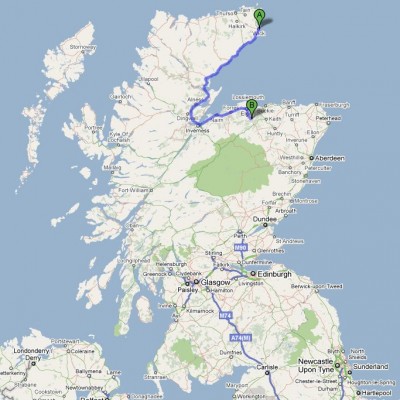
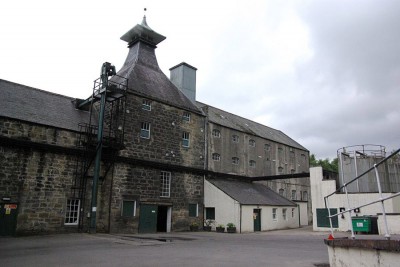
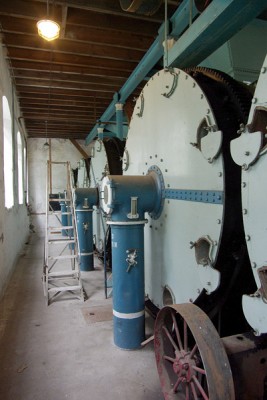
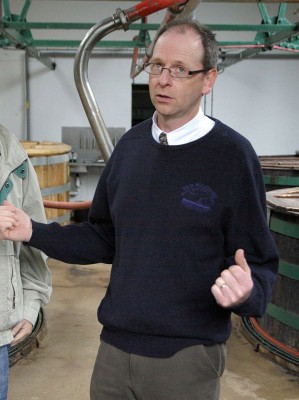
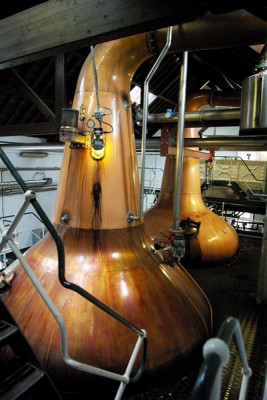

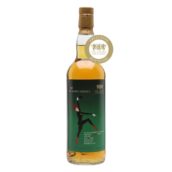
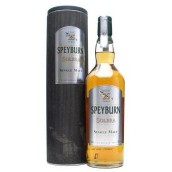
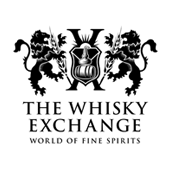




 Enjoy responsibly
Enjoy responsibly